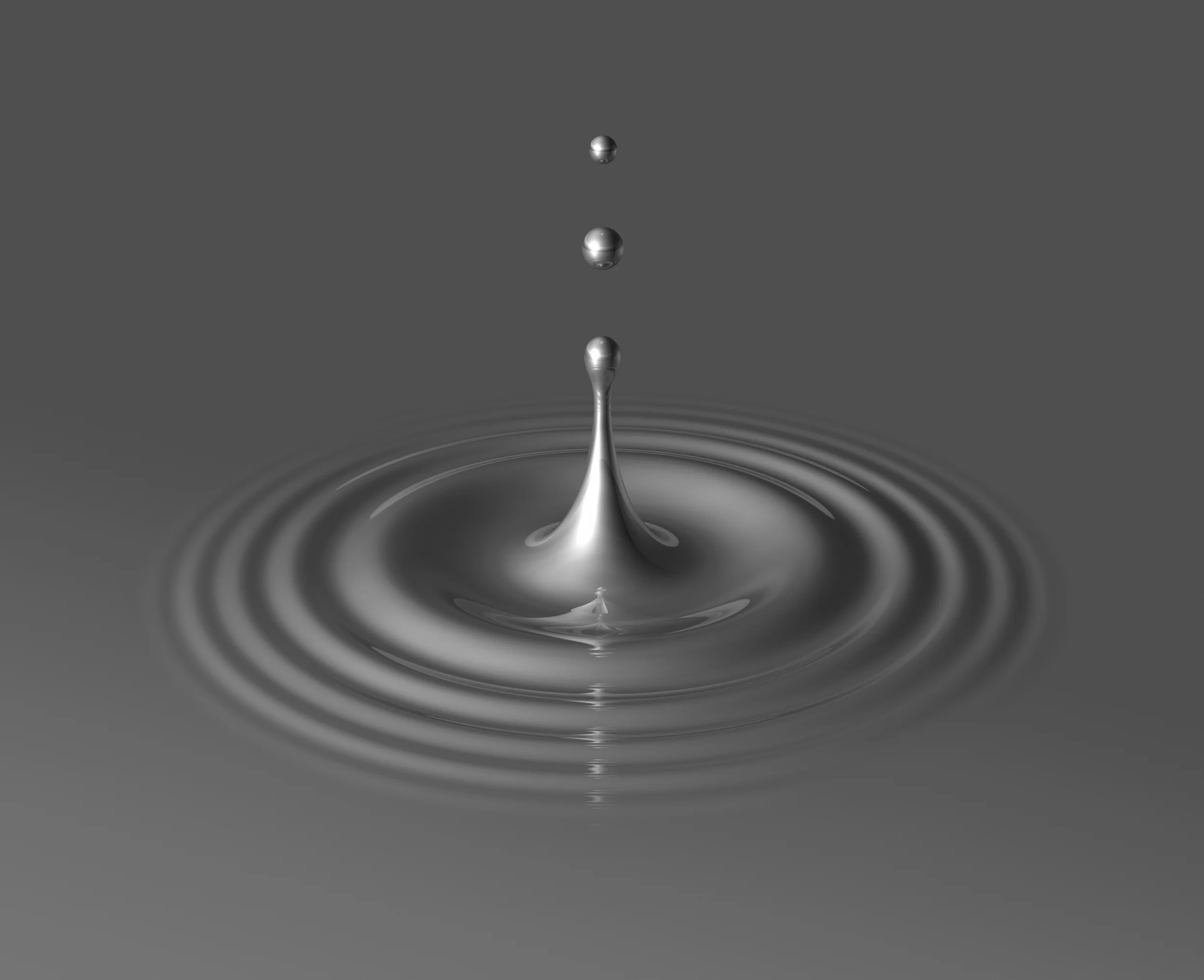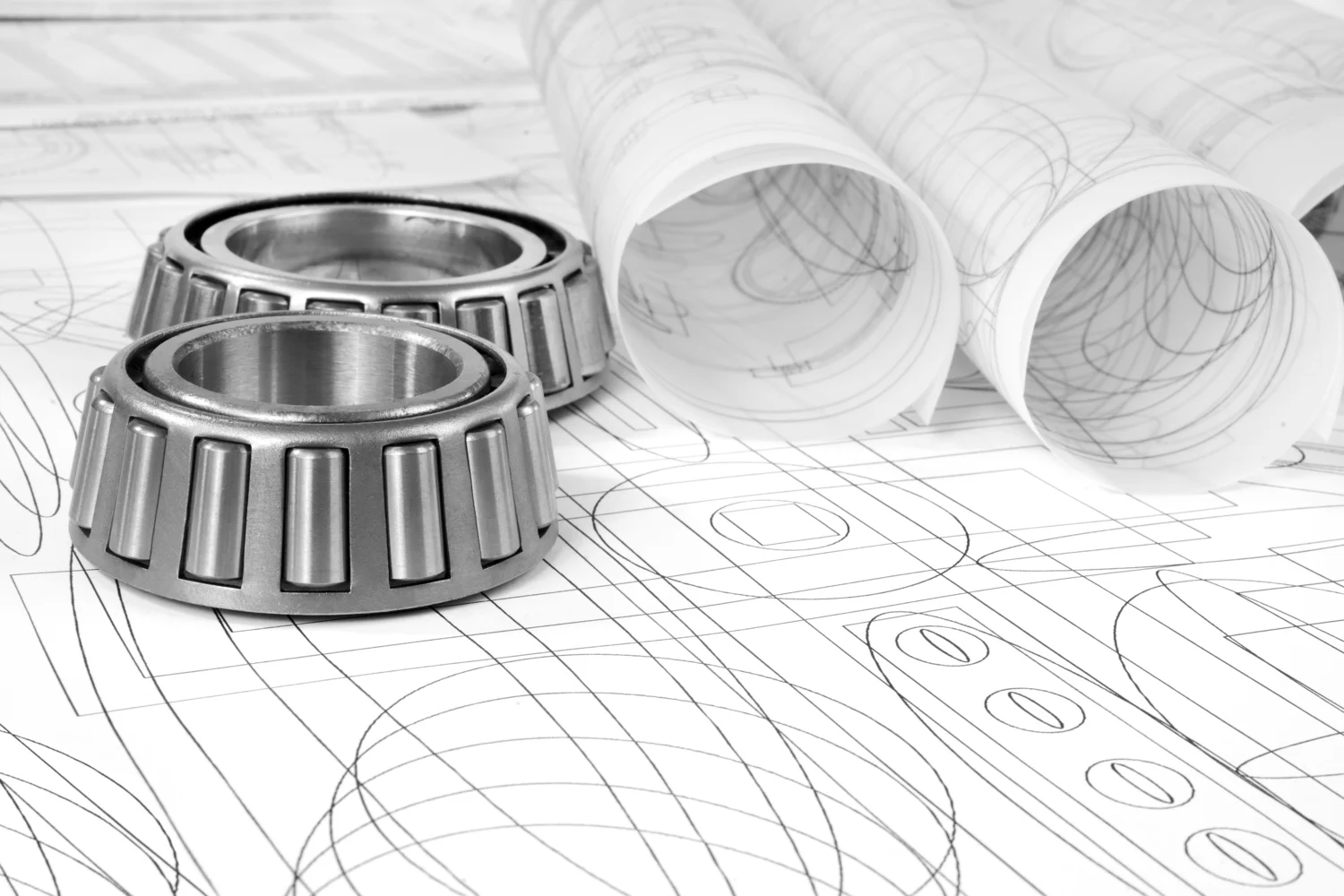AMORPHOUS TECHNOLOGIES INTERNATIONAL solutions are based upon the most innovative breakthrough in materials science in recent years –amorphous metal alloys.
Amorphous metals are alloys that contain atoms of significantly different sizes, leading to low free volume and therefore higher viscosity up to many orders of magnitude. This viscosity prevents the atoms from moving enough to form an ordered lattice (crystalline structure) like in common metals. The absence of grain boundaries, the weak spots of crystalline materials, leads to better resistance to wear and corrosion. Amorphous metals are also much tougher and less brittle than carbon based metal alloys and ceramics.
Amorphous alloys have a variety of useful properties. In particular, they tend to be stronger than crystalline metals and they can sustain larger reversible (elastic) deformations than crystalline alloys. Amorphous metals derive their strength directly from their non-crystalline structure, which does not have any of the defects (such as grain boundaries & dislocations) that limit the strength of crystalline alloys.
AMORPHOUS TECHNOLOGIES INTERNATIONAL is the world leader in development of amorphous alloy solutions for wear, scratch, and corrosion based on proprietary material and process technology. Our technology is deployed as the top performing solutions to wear, scratch and corrosion across many industries. Innovative Materials Group's solutions deliver value where the limits of existing materials technology results in high component manufacturing costs, maintenance costs, warranty cost, increased replacement costs and/or preventable downtime costs.





